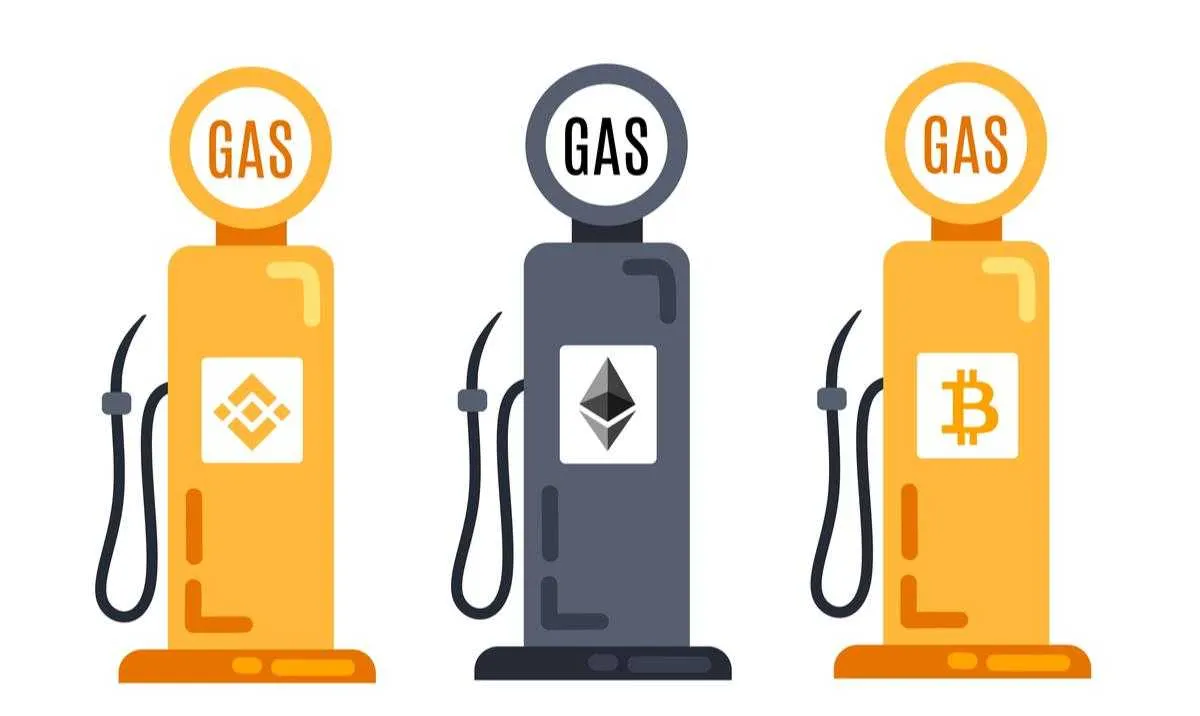Hey there,

Pic Source - Zipmex
Gas fees are a crucial part of the cryptocurrency ecosystem, as they enable the smooth functioning and security of the network. In the context of Ethereum, the most well-known cryptocurrency to use gas fees, gas refers to the unit of measure for the amount of computational work required to execute a transaction or smart contract on the Ethereum blockchain.
When a user wants to send a transaction or execute a smart contract on the Ethereum network, they need to pay a gas fee in Ether (ETH), the native cryptocurrency of Ethereum. The gas fee is essentially a small payment to the network to cover the cost of processing and validating the transaction or smart contract.
One of the main benefits of gas fees is that they incentivize users to be efficient with their use of the Ethereum network. By requiring users to pay for the computational work required to execute their transactions or smart contracts, gas fees encourage users to optimize their code and minimize the number of operations needed, which helps to reduce congestion on the network and keep costs down for everyone.
However, gas fees can also be a source of frustration for users, as they can fluctuate significantly based on demand for the Ethereum network. When the network is busy and there are a lot of transactions being processed, the cost of gas can increase significantly, which can make it more expensive for users to execute their transactions or smart contracts.
To address this issue, some users opt to use layer 2 solutions, such as Ethereum scaling protocols like Polygon or Optimism, which allow them to execute transactions and smart contracts off the main Ethereum chain, effectively bypassing the gas fees associated with the main chain. However, these solutions come with their own trade-offs and risks, such as reduced security and the potential for reduced liquidity.
Gas fees are a crucial part of the Ethereum ecosystem, as they enable the smooth functioning and security of the network by incentivizing users to be efficient with their use of the network. However, they can also be a source of frustration due to their fluctuating nature, and some users may opt to use layer 2 solutions to bypass the main chain and reduce their gas fees.